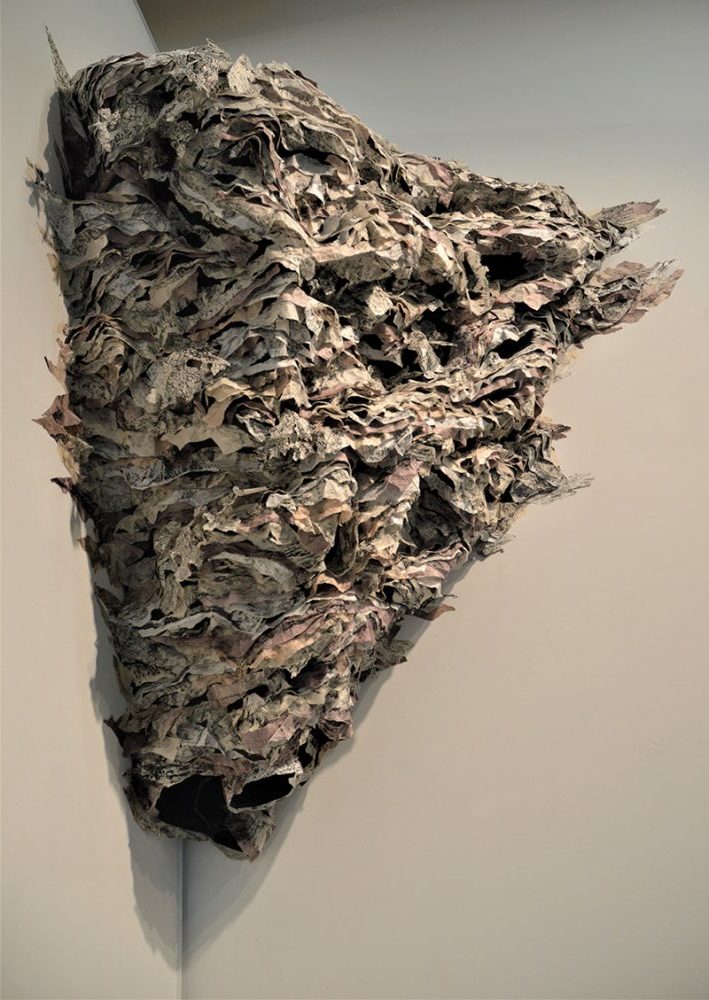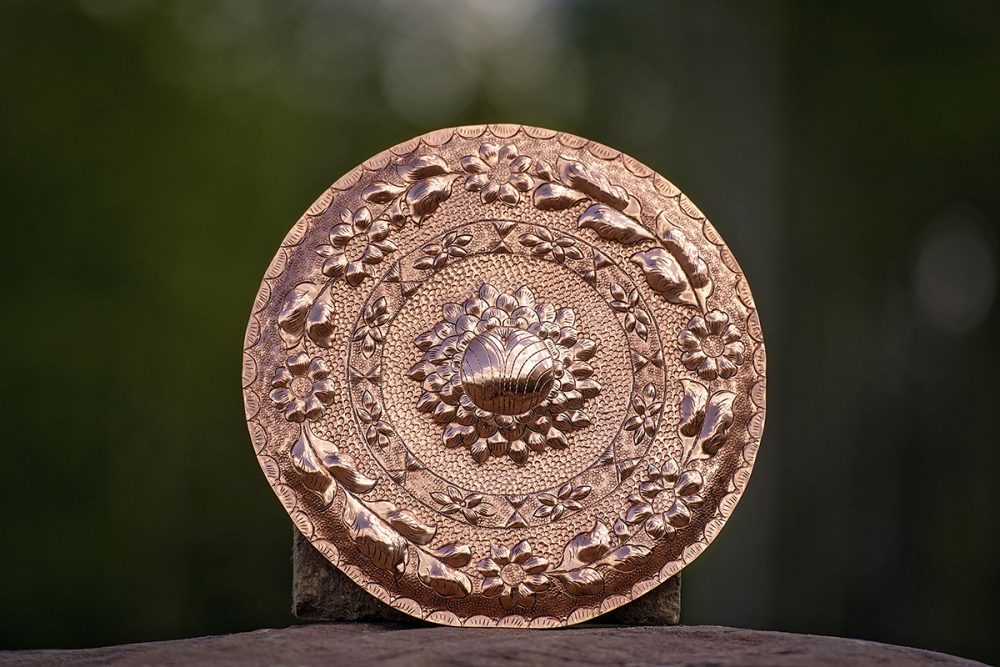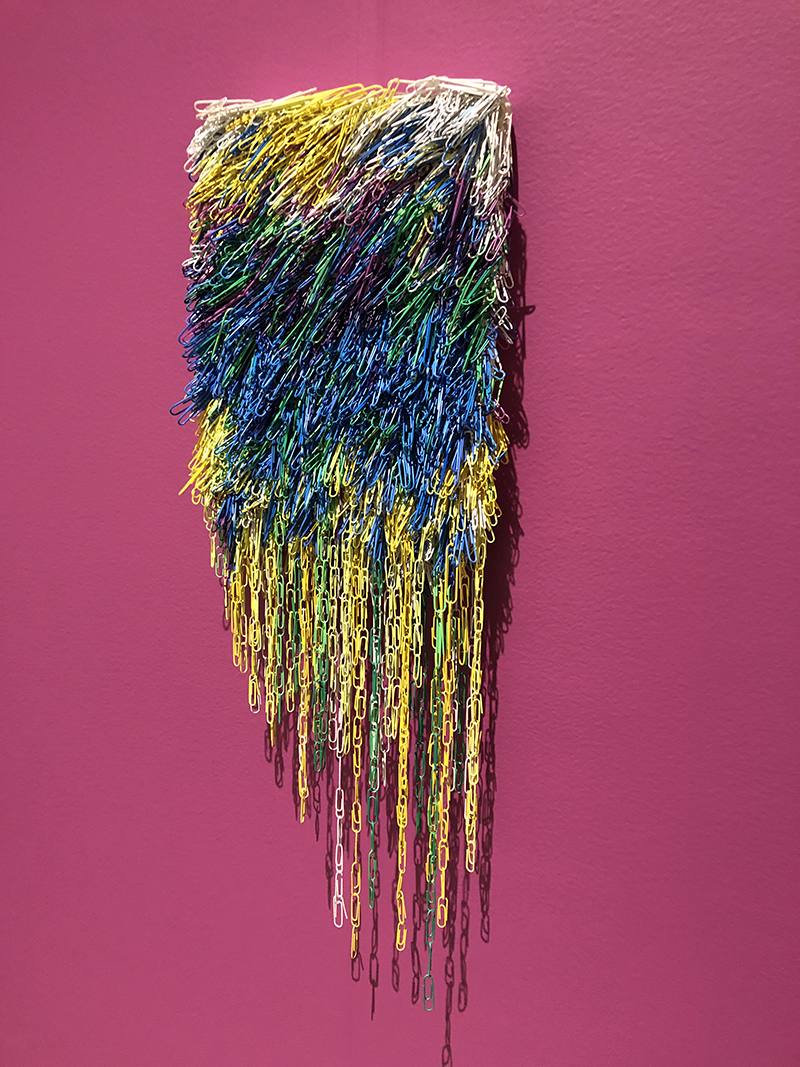The best art of the Fraser Valley from the past two years
Every two years, curators from The Reach Gallery Museum select the very best works from within the Fraser Valley art community to showcase in a dynamic, multi-faceted show that tours throughout Abbotsford, Mission, Chilliwack, and Kent. This year, the exhibition’s curators, Kate Bradford and Kendra Anderson, were strongly inclusive of BIPOC artists when making their selections. This resulted in an array of works from 25 artists from all backgrounds, many of whom have never submitted anything to The Reach before, to be highlighted in this exhibition.
The Cascade got to speak with Bradford and Anderson about their experience curating such a large exhibition, some challenges and surprises along the way, and even what their favourite piece is.
In response to the resurgence of the Black Lives Matter (BLM) movement last year, The Reach has committed to showing new artists and creating a stronger, more purposeful platform for and with BIPOC artists and community within the Fraser Valley. We can really see that expressed through this season’s exhibitions at The Reach — through collaborations like TURN IT UP, as well as showcasing Stó:lô artists like Claude “Rocky” LaRock and featuring stories like Semá:th Xo:tsa: Great Gramma’s Lake. The Fraser Valley Biennial features a number of pieces about diaspora, immigration, (de)constructing identity, racialized experiences, and intersectionality.
The Reach published a statement of solidarity and anti-racist action in which they made a commitment to address the pattern of colonialism and racism in museums and galleries that takes the form of only focusing on showcasing the narratives of privileged, white settlers. Anderson said in the interview that The Reach staff have had conversations about rethinking and rewriting certain policies that restrict BIPOC artists from submitting and being showcased.

Listen Now. (Amberlie Perkin)
A recurring theme of the exhibition was creation in response to the pandemic, isolation, and the world fundamentally changing over the course of a year. Many artists found new mediums to work through, seemingly mundane objects to utilize or gather inspiration from, and difficult thoughts to process through creating art. People who had never done artwork before, such as Hong Park, were using whatever materials they had at hand — in his case cement and paint — to be able to capture their complicated emotions during periods of quarantine or isolation.
“As everyone says, there is so much that has changed in this past year,” said Anderson. “I think that artists have a way of expressing what people aren’t able to articulate. I think that when people come into these different galleries and art centres, they can connect with these different artists and know they’re not alone.”
The exhibition also features a number of UFV alumni, including Isabella Dagnino, Dana Mandeville, Dona Park, and Chantelle Trainor-Matties. This speaks to the number of UFV alumni who are continuing to practise their craft and do the work to submit and get their pieces out there so they can be seen. Dona Park’s painting that highlights her hyphenated Asian identity and challenges Eurocentric narratives by reimagining the creation story is one piece that really stood out to me as a highlight in the exhibition.

In the Round. (Isam Sharkia)
A favourite submission of both Bradford and Anderson was Amberlie Perkin’s dramatic sculpture which deals with mourning and uses its massive size and incredible amount of detail to draw any viewer in. At first glance, it looks sort of like an enormous beehive mounted on the wall; it doesn’t look like it belongs in a gallery but in a forest. Perkin states in her piece description that her sculpture is meant to borrow processes from nature such as cocooning, shedding, and nest building to depict complicated emotions of grieving, growth, and metamorphosis.
“Each piece is unique, yet at the same time they work together in some way too,” said Bradford. “I think it’s a big celebration of the art that is happening here in the Fraser Valley … It’s a really great way to support local artists. Also, the tour is a really important component, to be able to share this with Mission, Harrison, and Chilliwack.”
Check out the Fraser Valley Biennial at The Reach Gallery Museum until May 8. The Biennial will then tour to different galleries in the Fraser Valley: Mission Arts Council (Rock Family Gallery), June 15 – July 3; Chilliwack Cultural Centre (O’Connor Group Art Gallery), July 7 – Aug. 4; and Kent Harrison Arts Council (Ranger Station Art Gallery), Aug. 9 – Sept. 6. There is also a website currently being built for the exhibition in the case of further closures and to be accessible to all.
Candice Stenstrom Artwork. (Andrea Sadowski/The Cascade)
Andrea Sadowski is working towards her BA in Global Development Studies, with a minor in anthropology and Mennonite studies. When she's not sitting in front of her computer, Andrea enjoys climbing mountains, sleeping outside, cooking delicious plant-based food, talking to animals, and dismantling the patriarchy.


